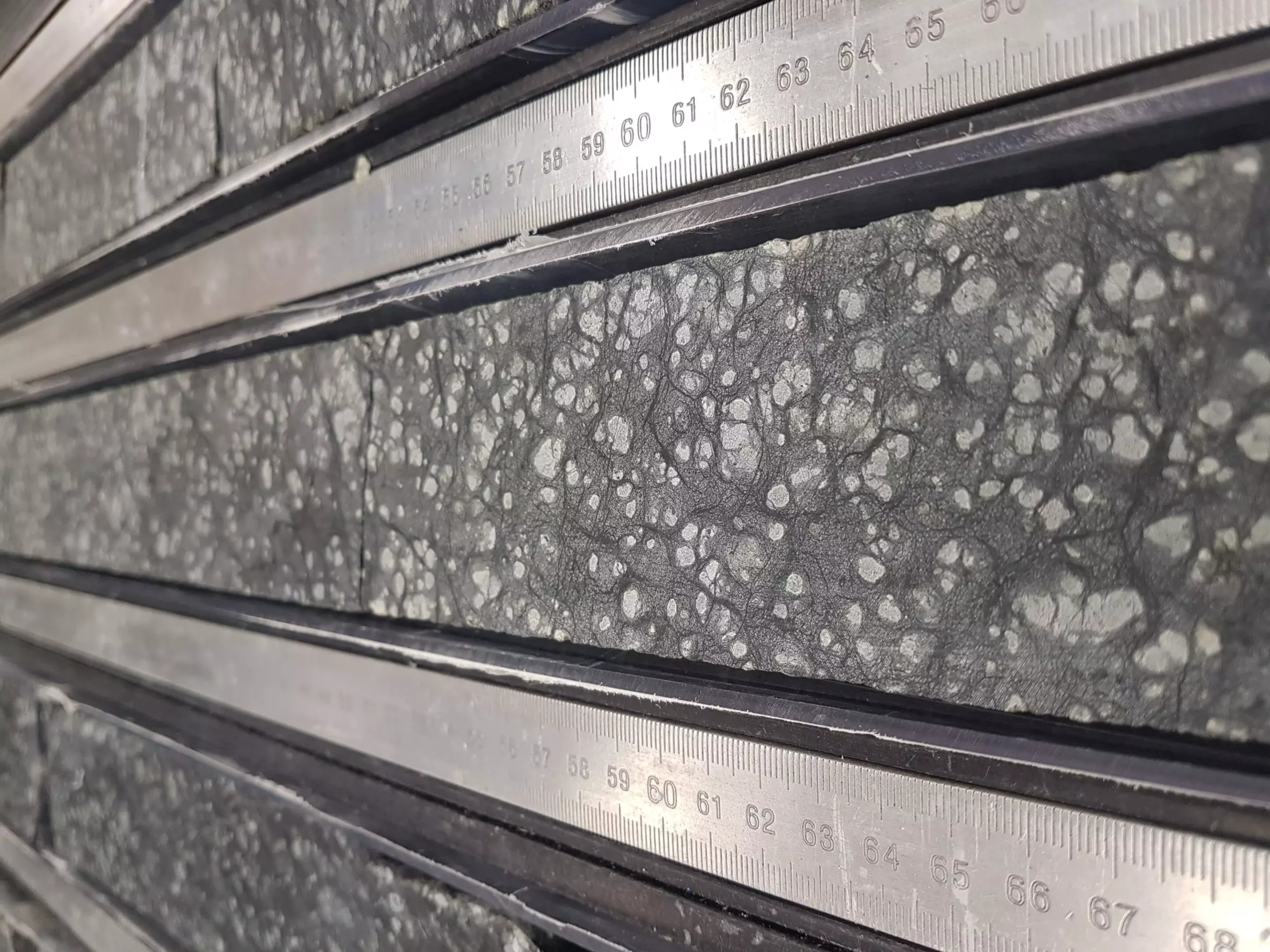Scientists recently made a significant breakthrough by recovering the first long section of rocks from the Earth’s mantle. This mantle, which lies beneath the crust and is the planet’s largest component, has long been shrouded in mystery. The recovery of 1,268 meters of mantle rock from a tectonic window along the Mid-Atlantic Ridge during Expedition 399 “Building Blocks of Life, Atlantis Massif” represents a remarkable achievement in the field of Earth sciences.
The recovered rocks are shedding new light on the mantle’s role in the origins of life on Earth, volcanic activity, and global elemental cycles. The composition and structure of the mantle rocks have surprised researchers, with higher concentrations of magnesium and lower amounts of pyroxene indicating extensive melting. This melting process, as the mantle rose towards the surface, offers valuable insights into magma formation and volcanism.
Tracking Magma Movement
Through detailed analysis of the recovered mantle rocks, scientists have identified channels that transported melt through the mantle. This discovery is crucial for understanding how the mantle melts and feeds volcanoes, especially those on the ocean floor. By tracing the fate of magma from its formation to its eruption, researchers can establish the connection between volcanoes and their ultimate magma source.
Implications for Life on Earth
The study also highlights the interaction between olivine, a common mineral in mantle rocks, and seawater. This chemical reaction produces hydrogen and other molecules that could have fueled life on Earth. The findings suggest that these processes may have played a fundamental role in the origin and sustenance of life on our planet, providing a glimpse into Earth’s early environments.
The international team of scientists involved in Expedition 399 will continue to analyze the recovered drill cores to address a wide range of scientific questions. The deep hole drilled during the expedition will serve as a crucial reference point for future research in fields such as mantle melting processes, chemical exchange between rocks and the ocean, organic geochemistry, and microbiology. The ongoing investigations promise to deepen our understanding of Earth’s evolution and the processes that have shaped our planet over millions of years.
The recovery of mantle rocks represents a groundbreaking achievement with far-reaching implications for Earth sciences. The insights gained from these rocks have the potential to transform our understanding of Earth’s mantle, volcanic activity, and the origins of life on our planet. As researchers continue to unravel the mysteries hidden beneath the Earth’s crust, the path to new discoveries and scientific breakthroughs remains wide open.


Leave a Reply